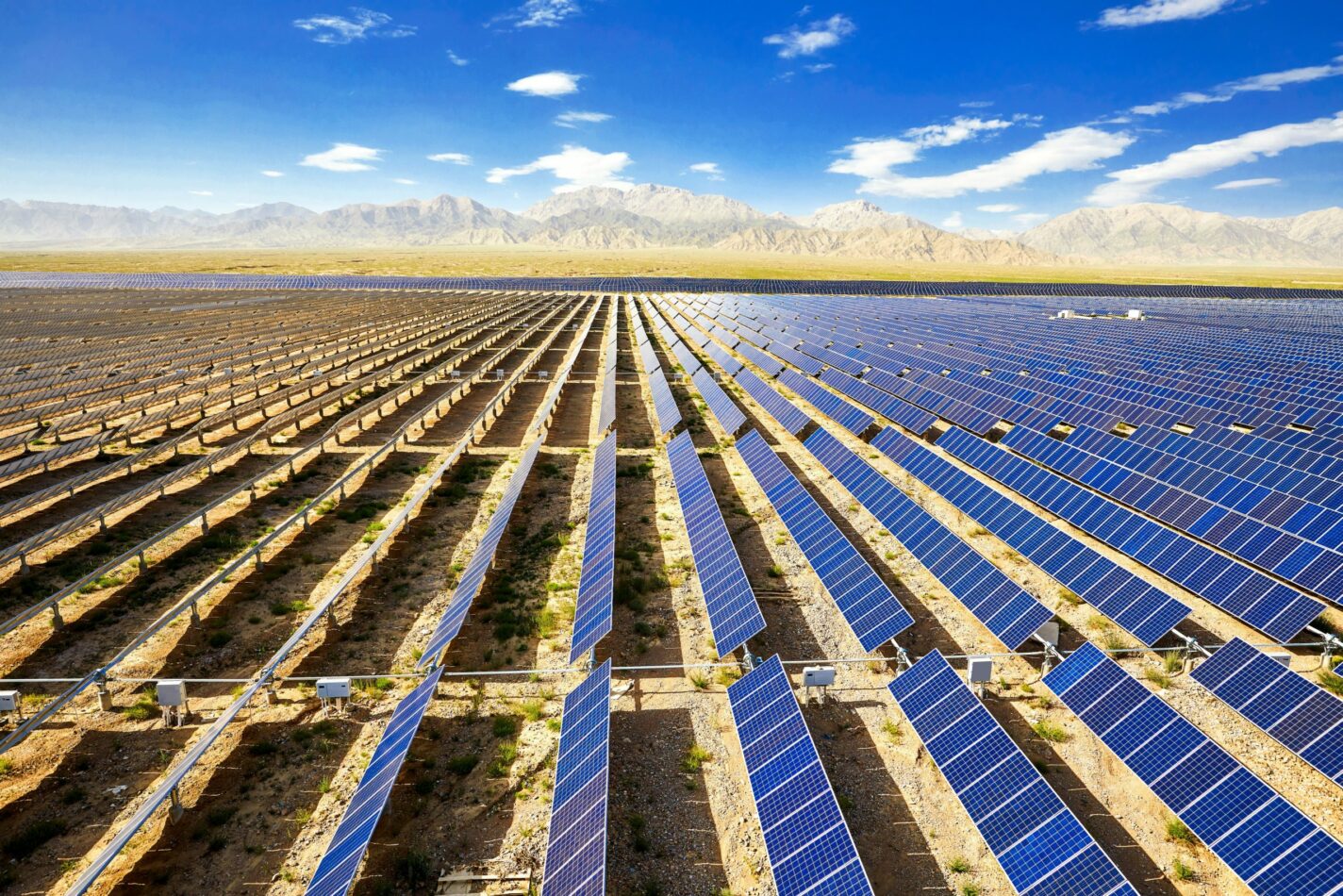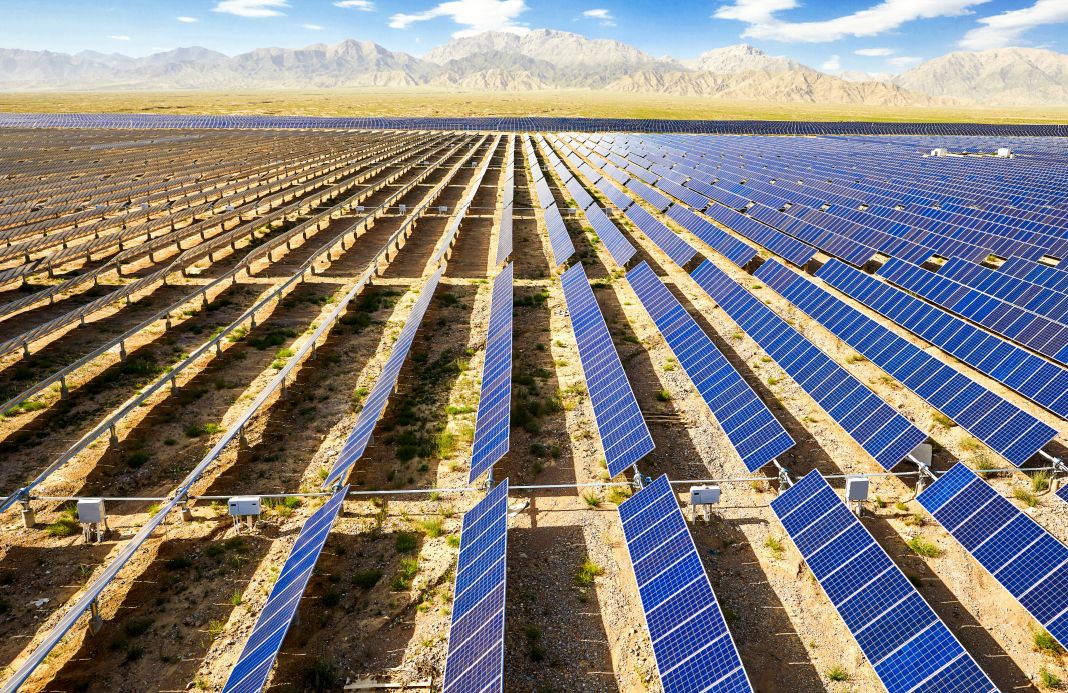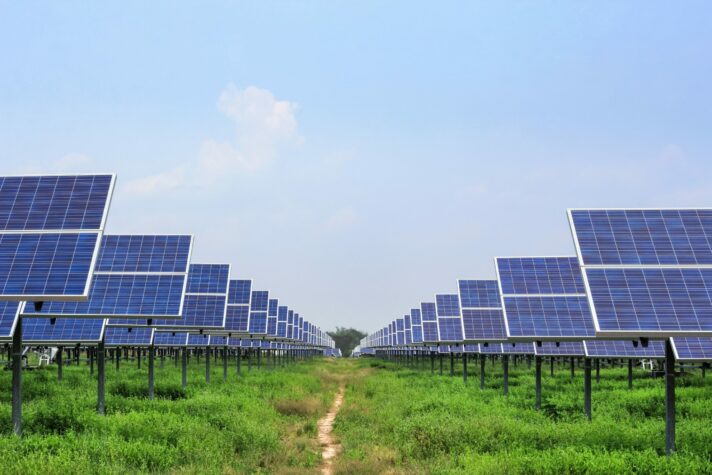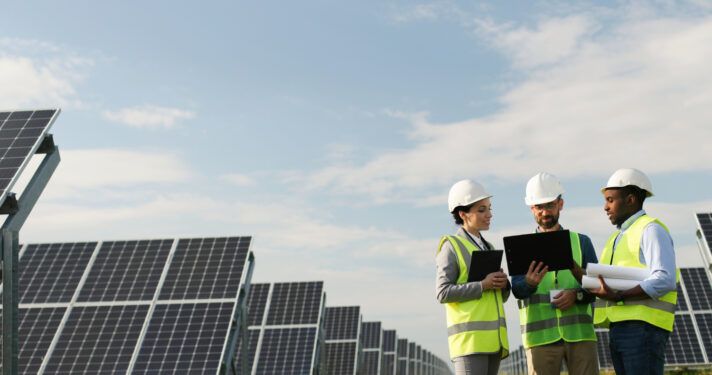By Rob Masinter, Chief Operating Officer, Redeux Energy
Renewable energy deployment accounts for 95% of the forecasted increase in global power capacity through 2026. Solar will comprise nearly half of that capacity.
The momentum behind renewable energy will only continue to grow. It’s important for business leaders, energy industry stakeholders, and the general public alike to understand the benefits of a sustainable future.
Below, Rob Masinter, Chief Operating Officer of Redeux Energy, peels back the curtain on trends in renewable energy, tackling top questions and offering veteran industry insight.
Why is renewable energy important?
When renewable energy generation is integrated at scale with the nation’s electric grid, energy costs will decline. The costs of producing renewable energy are well-documented to be lower than the costs to produce conventional energy. Climate change is accelerating, and it is imperative to reduce emissions from burning fossil fuels – which can readily be accomplished in the electric grid via renewable energy deployment. Further, renewable energy is produced from abundant solar and wind resources in the U.S., contributing to national energy security and independence.
That said, increased renewable energy deployment on its own is not a sufficient solution to ensure a clean and reliable electric grid. Due to the intermittency of clean energy generation from wind and solar, the challenges of widely deploying battery energy storage, and constraints to building out adequate high-voltage transmission, a reliable grid into the 2030s still requires base load supply and ancillary stabilization services from thermal energy generation, particularly gas. Nuclear power plants are also a critical component of the long-term mix for clean baseload electricity supply.
How have you seen the renewable energy landscape evolve over the last decade?
With growing awareness and strategic intent to address the causes of climate change, the public and private sectors have accelerated the procurement of renewable energy at both distributed (local) and utility (regional) scale. To keep pace with the growth in demand, project designs have become more standardized, supply chains have matured, manufacturing capacity has grown, and improved construction techniques have enabled massive efficiencies.
Driven by the scale and volume of renewable energy generation deployment, costs per megawatt of clean energy production have declined dramatically, by over 90% in the last decade. The industry achieved a huge milestone several years ago: the levelized cost of energy produced from renewables has declined below the levelized cost of energy to produce electricity from gas and coal.
Of the available renewable energy sources, why have you (and Redeux) chosen to focus on solar and energy storage development?
If you look at projections for the growth of capacity in the renewable energy market over the next decade, the growth of solar deployment will outpace the growth of wind. Battery energy storage deployments, paired with a solar farm or as standalone systems, will enjoy massive growth as an enabler for 1) renewable energy integration and 2) cost-effective alternatives to gas-fired peaker plants and transmission infrastructure expansion.
A decade ago, wind power was the predominant source of utility-scale clean energy. Onshore wind farms expanded quickly and turbine sizes grew steadily from the late 2000s through 2016. Since about that time, rates of renewable energy capacity addition swung in favor of solar, due in part to favorable cost economics for solar.
The wind industry also encountered stumbling blocks due to increasing landowner and community concerns about the height and presence of wind turbines – which can be well over 100 meters tall – and related regulatory challenges. That all said, wind is typically a higher-capacity factor resource than solar and it is experiencing a new renaissance in the form of massive offshore project development as well as on-shore repowering.
Redeux sees an enormous market in utility-scale solar and battery energy storage deployment over the next decade (ranging from estimates of 25-50 GW annually). Solar energy development will have the largest share of new capacity additions in the United States over the next two decades. We’ve built an expert team with the core competence to develop best-in-class utility-scale solar and storage projects and are focused on target markets for asset ownership and energy offtake.
What is utility-scale solar?
Utility-scale solar projects connect to transmission voltage power lines typically above 115 kilovolts. In contrast, distributed energy commercial-scale projects connect to distribution voltage lines by which utilities deliver electricity to buildings, factories, and residential neighborhoods.
Utility-scale solar projects have the capacity to generate 20 megawatts of energy at a minimum. Redeux’s average project size is 100 megawatts of energy delivered to the grid, though we develop opportunities that may be larger or smaller than that. This size range enables us to develop projects capable of delivering the lowest levelized cost of energy.
What are the biggest challenges of advancing utility-scale solar project development right now?
These solid-state solar power plants are large, requiring 700 to 900 acres of land equivalent to a footprint of one to one and a half square miles. Land availability is one of the most significant challenges given the relatively large footprint.
Currently, half a million acres within the United States are being used for solar projects. A recent decarbonization study conducted by Princeton University calculated that wind and solar could provide 98% of electric power by 2050, requiring the equivalent of 17 million acres for solar deployment. More realistically, I foresee a need for 5 to 8 million acres of land for solar deployment through 2050. That’s 10-15x growth from today – and equal to the land mass of Maryland.
Most land that would be considered ideal for solar development (e.g., flat, dry, next to high-voltage transmission substations) has already been leased or acquired for current and planned projects. Community opposition to utility-scale solar development is on the rise. Utility-scale solar energy developers will have to get creative to design best-in-class projects on much-less-than-ideal land. For example, there is opportunity for brownfield redevelopment, which also benefits the local economy.
Another enormous challenge for utility-scale solar right now is the availability of materials that are critical inputs to the manufactured components of these projects. Due to import tariffs and regulations as well as Covid-related supply chain issues, polysilicon (a key material in solar modules) and lithium (a key ingredient in energy storage batteries) have experienced soaring price increases.
The increasing pace of deployment coupled with a very tight labor market is also increasing the cost of construction, let alone the availability of general contractors to do the work. Redeux is establishing partnerships with Independent Power Producers who have well-established procurement and construction competencies to navigate these challenges.
What do you think it will take to achieve large-scale adoption of renewable energy?
It’s already in progress, it will just take more time and more land, but the demand and momentum are there. Some of the biggest private sector players are facing pressure to integrate ESG (environmental, social, governance) factors into their business plans. This pressure is propelling tech giants such as Google, Amazon and Microsoft, alongside large banks and infrastructure funds to require clean energy for their operations and investments.
Within the utilities industry, driven both by recognition of climate change and by economics (lower operating costs and regulated returns on new capital investment), momentum is increasing to retire underperforming thermal energy plants and invest in renewable energy sources.
Generally, most constituents are bullish on renewable energy project development — they see the financial and climate benefits, and they recognize the economic development opportunity. The largest hurdles now include siting the infrastructure, and – very importantly – expansion of transmission to deliver the energy from relatively remote locations to urban load (demand) centers.
Can you debunk any common misconceptions about solar energy projects?
Yes, I’d like to highlight three:
- The energy transition does not mean the end of “thermal” energy. For at least the next decade, we need a mix of carbon-based and renewable energy sources to enable a reliable electrical grid. We will need nuclear power for the foreseeable future.
- Utility-scale solar arrays can be thoughtfully integrated into rural and suburban areas. They make very little noise, are low to the ground (only 8-10 feet tall) and are isolated behind a security fence.
- Solar farms can co-exist alongside other land uses including farming, ranching, timber growth, oil and gas extraction, and mining – providing an additional source of income to landowners.
What are your predictions on where renewable energy is headed?
When it comes to renewable energy, the momentum, demand, and necessity will only continue to increase with time. We will begin to see more federal policies and regulations supporting renewable energy expansion and accelerated adoption. The recently passed Inflation Reduction Act will be a big part of this. The availability of tax incentives and credits, including for standalone battery energy storage, is crucial to speed the deployment of critical infrastructure build-out.
To deliver clean energy to cities and population centers, FERC (the Federal Energy Regulatory Commission) will need to implement policies that promote the deployment of more transmission infrastructure capacity across the country.
What is Redeux aiming to do differently within the renewable energy space and why is it valuable?
We see ourselves as part of a solution, not the only solution, and we’re evaluating opportunities to work with other businesses and other energy partners. This mentality translates to how we work with landowners, early-stage developers, and asset owners – we look for collaborative solutions that are truly mutually beneficial. We aim to be their trusted partner throughout the project development process.
Redeux is currently operating in a mix of organized and bilateral energy markets. They will continue to expand their geographic coverage beyond an initial eight states and are actively seeking partnerships with landowners, early-stage developers, and operating asset owners.
Are you interested in learning more? Get in touch today.





